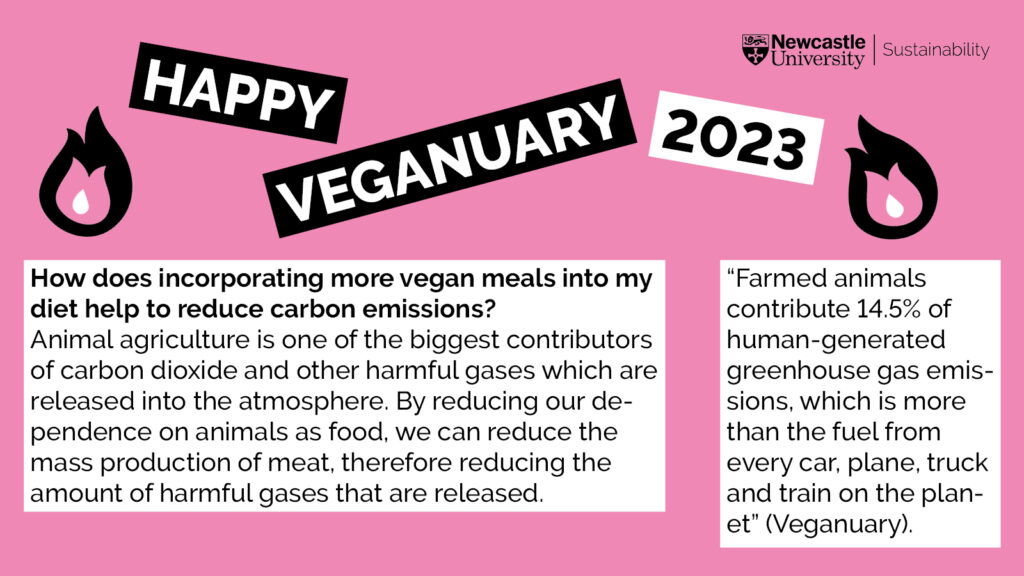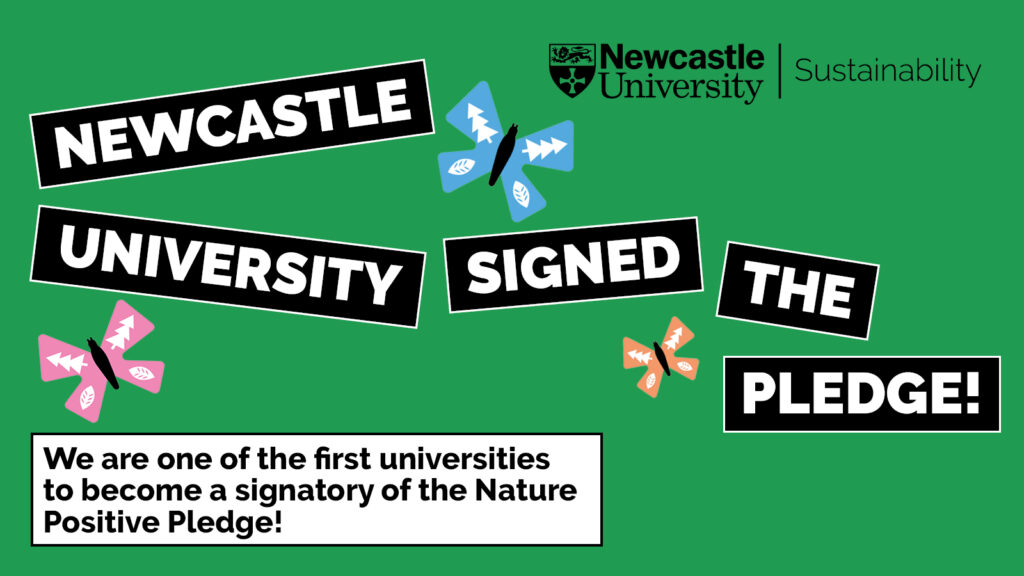One of the largest industries on the planet is the travel industry. Every year, millions of people travel across the globe for business, to see friends and family or just for a holiday getaway. Unfortunately, this industry is accompanied by problematic environmental impacts. In fact, according to the International Council on Clean transport (2019), aviation contributes 2.4% of all global carbon emissions. As we realise it is not possible to completely stop travelling, we have put together a few tips to help make your travels as environmentally friendly as possible.
- Fly Economy Class
Flying business/first-class has a larger carbon footprint than flying economy class. This is because the business and first class seats are using much more space and are therefore accountable for a greater share of the aircraft’s fuel. Economy seats, especially on an airline with a high number of seats, are a lower impact option on the plane.
- Travel slowly
If you’re taking a short-haul or domestic trip, think about alternative methods of transport to flying. A train or coach can allow you to appreciate culture as you travel to your destination. If you’re looking for a sustainable way to reach a destination, check out this carbon saving emissions tool by Manchester University.
- Try to avoid layovers
Did you know that the highest amount of greenhouse gases of a plane journey, are released during take-off and landing? This means that if you make multiple stops on your trip the extra emissions can quickly add up. Connecting flights also mean you usually have to travel a greater distance, adding even more emissions onto the journey.
- Find local adventures
If it is not necessary for your trip to be abroad, why not explore your local area instead? There are often some great destinations within a few hours train or car ride away. Here are some great short trips you can travel to by train and by car from Newcastle.
Local Adventures! Some pictures from our team of North-East treasures.



What about carbon offsetting?
Carbon offsetting involves individuals or companies investing in environmental projects in order to balance out their own carbon emissions. This could include activities such as forestry conservation (to encourage plants that remove carbon dioxide from the atmosphere) or the creation of renewable energy resources. Whilst these projects may appear very beneficial, carbon offsetting does not come problem free.
Carbon offsets do not work for the core issue of reducing greenhouse gas emissions. They often allow a ‘business as usual’ approach, encouraging an idea that you can just offset whatever carbon you produce. Furthermore, not all of these projects are realised, and sometimes those that are, aren’t completed to their full potential. For example, you may pay to create a forest, however if that forest burns down in its infancy, the project’s full efficacy is not reached.
For carbon offsetting to be an effective action, it must be coupled with reducing your overall emissions and not just as a substitute for reducing.
Have we missed one of your favourite eco-friendly travel tips? Let us know in the comments below!







